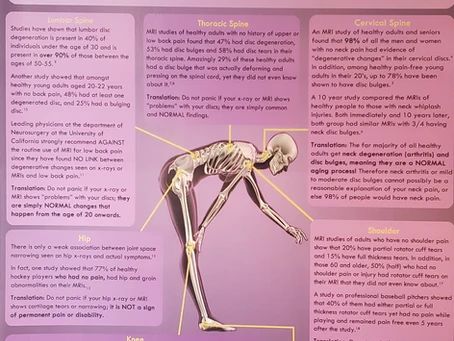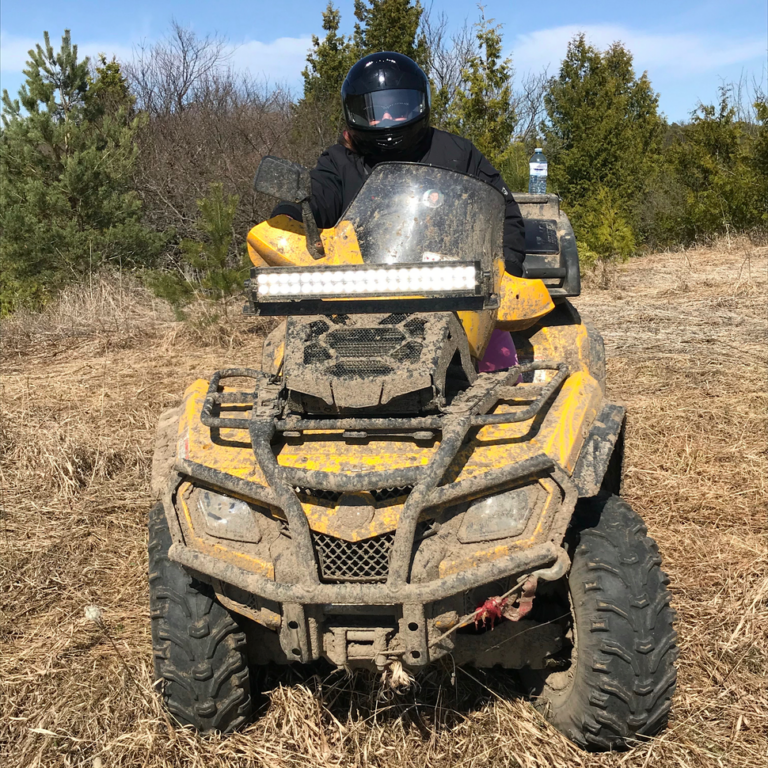What is “PAIN”? It’s something we all experience, something that in general we don’t like, and yet most of us know very little about it. I decided to put together this video series while on quarantine because I think it can help give us all a bit more insight into our pain, and what types of things we can do about it when we may be unable to do in person appointments with the healthcare providers that usually help keep that pain under control. We may all be struggling a bit more with our pain right now, but hopefully these videos help give you some peace of mind and ideas on how to manage the pain you do feel.
In this first video I talk about why pain is actually a good thing for us (and no I’m not crazy haha). Pain is something we all experience, something no one likes, and yet it’s an extremely important system in our body. So why do we have pain? The easiest answer to this is that pain is a warning system for it body that something is approaching (or maybe has gone beyond) tissue injury. It is a GOOD thing for us to experience! If we didn’t feel pain we wouldn’t know that the hot pan we are grabbing is burning us, or that we just rolled our ankle really badly, and we would just keep going like nothing is wrong. A good way to think about it is like an alarm system for your house. If somebody breaks a window, that alarm system beeps to warn us of an intruder. Your body creates pain to warn us that something may be damaged. Another analogy is a camera system outside the house. In this case, the alarm system activates when an intruder is seen outside your house, before they break the window. In this case, when related to pain, your body warns you that something is not right before any actual damage occurs. So the next time you feel some pain when doing something, take the time to thank your body for warning you about a possible danger!
So what is the definition of pain? Although there may be multiple definitions out there if you searched for “definition of pain”, to me the most all encompassing and accurate definition of pain is: A biological, psychological, and social response, to and actual, or implied, stimulus. In this second video I start talking about this definition. In sounds pretty complicated, and it is, but I’m going to break down each part of that definition in the next several videos. In this second video, I talk specifically about the biological aspect of pain. Biological pain is what most people tend to understand pain as. Essentially, when there is tissue damage, that tissue sends nerve signals to the brain saying “OUCH” and we feel pain. So if someone punches you hard in the arm, we feel pain in the area they punched because it signaled pain nerves (nociceptors) in the area where your were punched. At a base level, this is the most basic version of how we experience pain. Although this is definitely a big part of pain, and the one we are most familiar with, it is not the be all and end all of why, or how, we experience pain.
So to understand pain on a bit of a deeper level, in this next video I go into detail about how social environments or social situations can actually impact the pain we feel (either making us feel more pain for longer times, or less pain for shorter times). The social aspect of pain can sometimes be a bit confusing or difficult to believe, but it can drastically affect how we perceive and respond to pain. In a nice easy statement, the pain we each individually feel, can be affected by other people! An overarching idea here is that words and actions have power. If we are told we will never get better after an injury, pain often increases or lasts longer. We are influenced by others into believing we will be in pain forever. The video has a couple of more examples that I love using in practice to show this as well! Often with the exact same biological injuries, we can have different pain responses based on how people react around us.
On thing that I mention in that video is that sometimes the findings we see on X-rays or MRI’s are actually considered “normal” even if they aren’t perfect. You may have heard of the dreaded “degenerative disc disease” that we often associate with low back pain or neck pain. Check out this poster from the Advanced Physical Therapy Education Institute (aptei.ca) and it’s director Bahram Jam:

I could talk about this poster all day, but the really important things to take from it is that sometimes what we see on our X-ray’s or MRI’s are not always a problem (98% of people show signs of “degeneration” in their neck, but this is in people who have NO PAIN!) So be sure to discuss your X-ray results with your doctor or physiotherapist.
I know there is a lot of information in this video so I am going to leave it here for now, but I will get a second post out completing the pain education I start in these videos very soon! I also know some of the things discussed in these videos can seem confusing, so if you have any questions about them at all, please contact us or ask your physiotherapist!
As I say in each video, I hope everyone is staying happy and healthy! All the best,
Your team at Clarington Physiotherapy Health and Wellness Centre!



